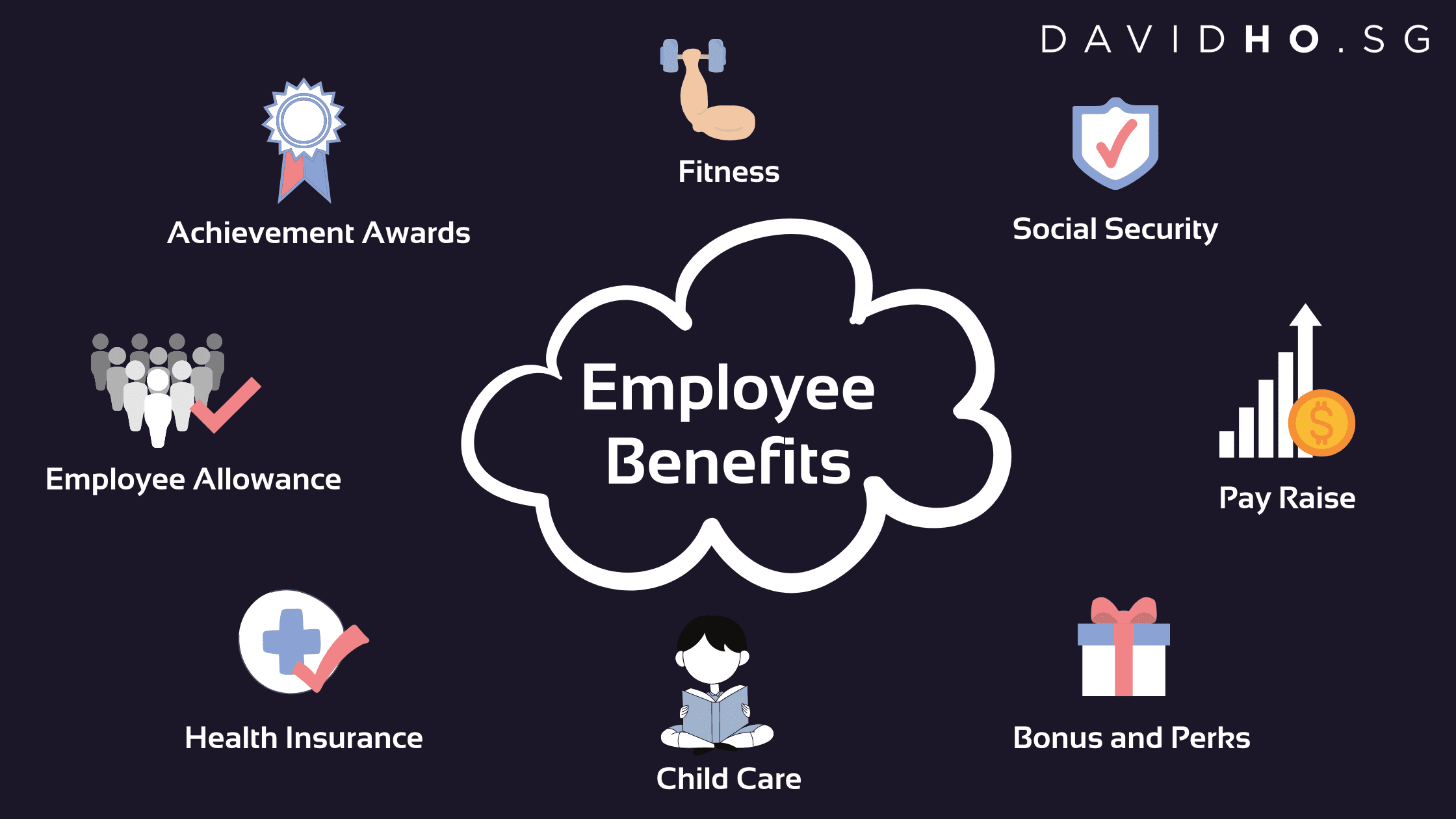When a crisis strikes, employee experience matters! Due to the COVID-19 outbreak, the world is facing unprecedented times. While organizations are doing their best in creating an ideal employee experience, it is when a crisis like this strikes that the true picture comes out. It is our responsibility to support our employees during these tough times. Here are few employee benefits that you can offer during the COVID crisis.
- Work From Home and/or flexible hours
- Extended Sick Leave
- Virtual Work Out/Meditation/Coaching
- Virtual Healthy eating/cooking/baking
- Online gaming
- Learn new skills online
- Emotional and material colleague support
- Internet plan and get the appropriate hardware & software tools.
- Set up a cozy workstation at home
- Help their kids to engage with some activities online like virtual storytelling etc
Flexible Employee Benefits that Engage People
Benefits are more than the traditional golden handcuffs. You can think of them as incentives to make employees more productive. This makes sense because good benefits increase morale, which leads to a willingness to work a little bit harder. Many organizations provide a traditional benefits program that does not have any input from the employees. It is a better idea, however, to permit workers to have a voice in the employee benefits package. Flexible benefits permit choice and that is desirable.
Flexible benefits permit an employee to select what rewards are meaningful to them while discarding ones that are not. For example, a couple with children may want to have a healthcare benefit with low premiums, while an older employee may want to have a generous retirement program. Each can decide what they want based on their individual needs.
Communicate the Options
A flexible benefits program bases its success on the ability to communicate to employees what the options are. Employers must be able to anticipate questions and provide answers quickly. Communication efforts can include written material, mobile applications, employee meetings, and websites devoted to explaining the benefits program.
A good communications program gets rid of any confusion. People with a better understanding of the benefit options will make wiser selections.
Employee Engagement
Flexible benefits programs will encourage employee engagement. Workers can decide regarding their benefits package and they appreciate the confidence shown in them by management. This sense of gratitude can be increased with the opportunity to have voluntary benefits. Although these are paid by the employee, the premiums are at group rates which are considerably lower than individual costs.
Management can go a step further after introducing flexible benefits. Employees may be empowered to develop their work assignments based on the needs of the company and their unique set of skills. While this type of innovation would require the approval of management before it is implemented, the employees are being challenged to decide for themselves how work is best done.
The ultimate goal is to have a highly motivated workforce that is concerned with meeting production goals. A little bit of empowerment, with selections in flexible benefits, can lead to greater employee participation when it comes to restructuring work and even job titles. Management must understand that the traditional work setting is rapidly changing. It is increasingly more important that employees have a sense of ownership and the right to decision-making in order to meet the demands of competition. Flexible benefits programs are an excellent way to start leading employees in the direction of greater participation and higher productivity.
How Much do Benefits Cost a Company?
According to entrepreneur.com, employee benefits would probably add 30 to 40 percent to base pay for most of the employees.
Benefits do cost money, and their importance is such that these costs will not (and should not) be reduced too much. But, not every benefit has to create heavy financial burdens for companies. You may try some of these low-cost benefits and perks:
- Free lunches and/or snacks
- Remote work / Flexible hours
- Public transit cards or reimbursement for tolls, gas and other travel-related expenses
- Company-sponsored discounts (e.g. for coffee places, gyms, restaurants, daycares)
- Extra time off for training or volunteering
- Free parking spaces
- Cellphone plans with free calls/texts/internet
- Housing and relocation benefits for new hires (where applicable)
- Wellness resources (such as standing desks, first-aid training)
Source: resources.workable.com
How do HR measure the (ROI) on Employee Medical Benefits?
The ROI of offering Medical Benefits (MB) to employees is traditionally very hard to calculate, frequently involving qualitative and/or long-term quantitative measures. I have personally seen HRs struggling to calculate the ROI, so I have built a tool to help you with the same.
The Medical Benefits (MB) ROI calculator™ has been designed combining the most common measures in use by HR practitioners today.
In order to more comprehensively assess a company’s ROI of investments in health and employee benefits, including medical insurance, over a period of up to 4 years. The calculator takes into account both tangible measures such as absenteeism costs and cost of medical claims, as well as the more intangible measures such as productivity losses from presenteeism and from employee disengagement due to illness, using statistics from The 2017 Global Benefits Attitudes Survey, by Willis Towers Watson.
When you have reliable data on absenteeism and health and medical expenses, the MB ROI Calculator™ can be a valuable decision-making tool for assessing the ROI on health and medical benefits.
www.davidho.sg/roicalculator – Check out the tool and do let me know if you find it useful.
Employee Benefits Package Example
What does an employee benefits package look like? There is no perfect example to define this as it differs based on company needs and employee level. However, here are some standard items that companies often include in a job offer. You’ll need to adjust for your organization, local laws, and employee level.
- Paid time off such as PTO, sick days, and vacation days
- Health insurance
- Life insurance
- Dental insurance
- Vision insurance
- Retirement benefits or accounts
- Healthcare spending or reimbursement accounts
- Long term/Short term disability insurance
- Childcare benefits
- Gym memberships or discounts
- Wellness programs
- Employee recognition programs
- Relocation assistance
- Commuting/travel assistance
- Telecommuting options
- Workplace perks such as recreation activities, food and coffee, and flexible work schedules
Organizations must work within the confines of laws. Your benefits plan descriptions should define everything legally, and you should provide these to employees, so they know precisely what their benefits are.
Remember that benefits are the key components for attracting talented employees which leads to company success and turnover. You need to re-check your benefits programs regularly(at least yearly) in order to meet both employee expectations and remain competitive in the marketplace.











